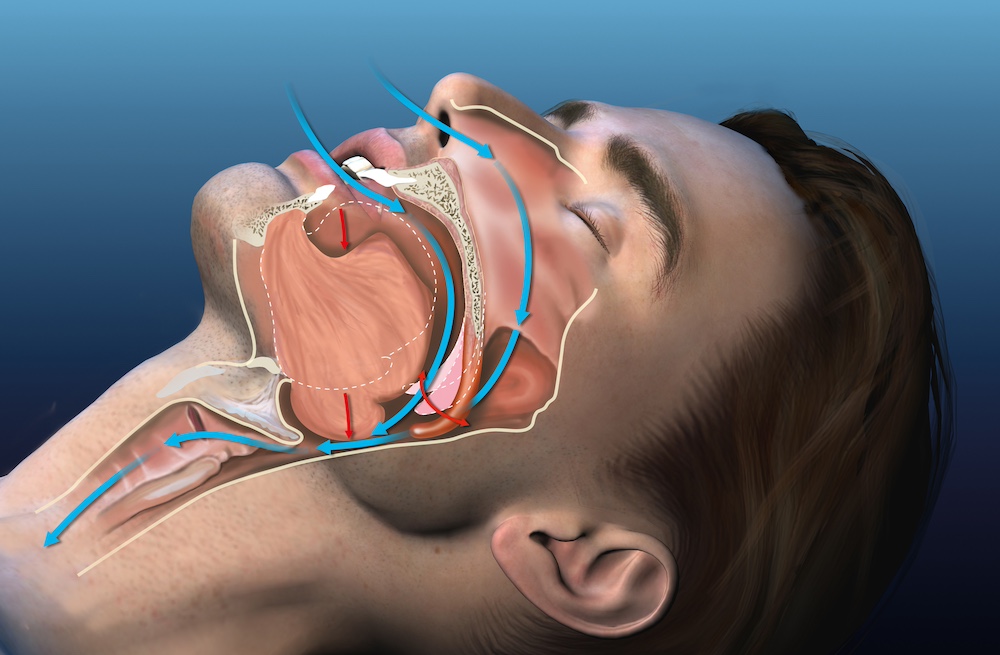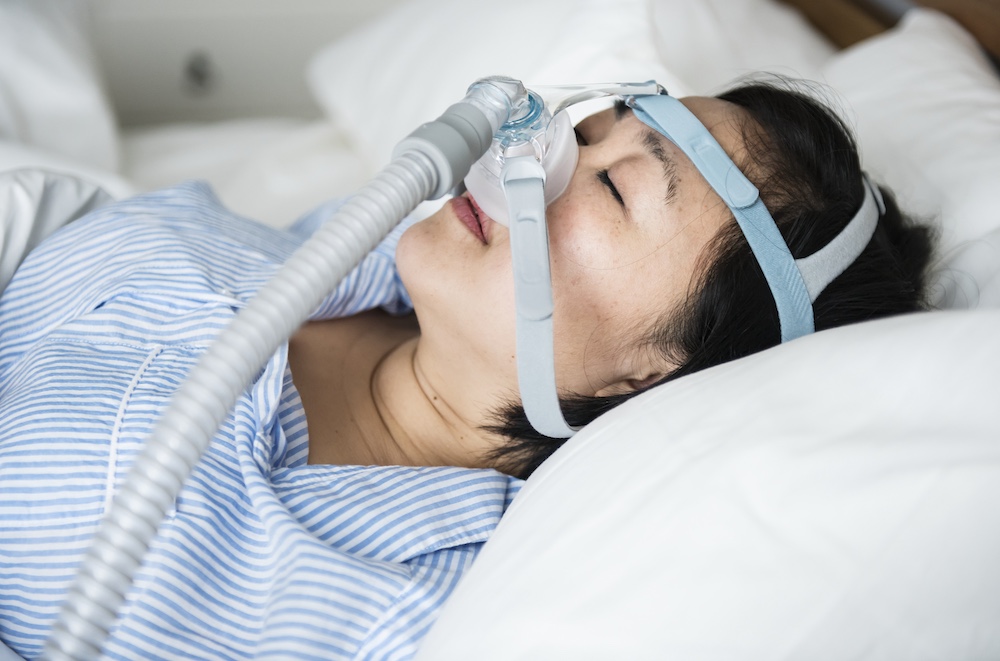Sleep is essential for our physical and mental well-being, however, not everyone enjoys a peaceful night's rest. Sleep apnea is a fairly common sleep disorder that affects millions of individuals, compromising both their sleep quality and overall health.
While sleep apnea is primarily associated with breathing disruptions during sleep, its impact extends beyond the respiratory system. There is a somewhat unknown connection between sleep apnea and oral health, and shedding light on this issue is necessary for both public awareness and for those who struggle with the sleep condition.
Understanding Sleep Apnea
Sleep apnea is a common yet potentially serious sleep disorder that causes recurring interruptions in breathing during sleep. These interruptions, known as apneas, occur when the muscles in the throat and tongue relax excessively, causing the airway to narrow or become blocked. As a result, the individual experiences brief moments of wakefulness throughout the night as their body struggles to restore normal breathing. These episodes can happen multiple times per hour, severely disrupting sleep patterns and leading to health issues.
There are three main types of sleep apnea:
- Obstructive Sleep Apnea (OSA): The most prevalent form of sleep apnea, it occurs when the muscles in the throat intermittently relax and block the airway during sleep.
- Central Sleep Apnea (CSA): In CSA, the brain fails to send the appropriate signals to the muscles responsible for controlling breathing.
- Complex or Mixed Sleep Apnea: As the name suggests, complex sleep apnea is a combination of OSA and CSA, making it more challenging to diagnose and treat.
Risk Factors for Sleep Apnea
Sleep apnea can affect individuals of all ages, including children, but certain factors increase the risk of developing this condition.
Sleep apnea risk factors include:
- Excess Weight: Obesity is one of the most significant risk factors for sleep apnea. The accumulation of fat deposits around the upper airway can obstruct breathing.
- Neck Circumference: People with a thicker neck circumference may have a narrower airway, making them more susceptible to OSA.
- Gender: Men are more likely to develop sleep apnea than women. However, the risk for women increases if they are overweight, and it becomes more common after menopause.
- Age: Sleep apnea is more prevalent in adults over the age of 40, although it can affect individuals of all ages.
- Family History: If you have family members with sleep apnea, you may be at an increased risk.
- Smoking and Alcohol Use: Both smoking and excessive alcohol consumption can relax the throat muscles, contributing to sleep apnea.
- Nasal Congestion: Individuals with chronic nasal congestion may have difficulty breathing through their nose, increasing the likelihood of sleep apnea.
- Medical Conditions: Certain medical conditions, such as hypertension and diabetes, are associated with an increased risk of sleep apnea.
The Connection Between Sleep Apnea and Oral Health
The link between sleep apnea and oral health may not be immediately apparent, but it is a crucial one. Sleep apnea can have significant consequences for oral health, and conversely, oral health can play a role in the development and management of sleep apnea.
- Dry Mouth: Many people with sleep apnea breathe through their mouths during the night due to airway blockage. This can lead to chronic dry mouth, a condition known as xerostomia. Dry mouth can contribute to dental issues such as tooth decay and gum disease.
- Tooth Grinding: Individuals with sleep apnea are more likely to grind their teeth, a condition called bruxism. This can lead to tooth damage, headaches, and jaw pain.
- Gum Disease: The intermittent oxygen deprivation and stress associated with sleep apnea can weaken the body's immune response, making it more susceptible to infections like gum disease. Inflammation in the mouth can further exacerbate sleep apnea symptoms.
- Tongue and Tonsil Size: The size and position of the tongue and tonsils can contribute to airway blockage in sleep apnea. Dentists may assess these factors during oral examinations to determine the risk of sleep apnea.
- Orthodontic Issues: In children, sleep apnea can sometimes be linked to orthodontic problems, such as a narrow palate or overbite, which can obstruct the airway.
Statistics Highlighting the Connection
The statistics surrounding sleep apnea and its impact on oral health are eye-opening, emphasizing the need for early detection and intervention. According to the American Sleep Apnea Association, approximately 22 million Americans suffer from sleep apnea, with 80% of cases remaining undiagnosed. Research published in the Journal of Dental Sleep Medicine estimates that up to 40% of dental patients have a high risk of sleep apnea. Dentists play a crucial role in identifying these individuals and referring them for further evaluation.
Furthermore, a study published in the Journal of Periodontology found that individuals with sleep apnea have a higher risk of developing periodontal disease. The chronic inflammation associated with gum disease can exacerbate sleep apnea symptoms.
Sleep apnea is a widespread sleep disorder that not only disrupts sleep but also has far-reaching consequences for oral health. The connection between sleep apnea and oral health is a complex one, with various factors at play. Given the prevalence of sleep apnea and its potential to adversely affect oral health, it is essential for individuals to be aware of the risk factors and symptoms associated with this condition. Regular dental check-ups can serve as an opportunity to assess the oral health of patients and identify those who may be at risk for sleep apnea.


